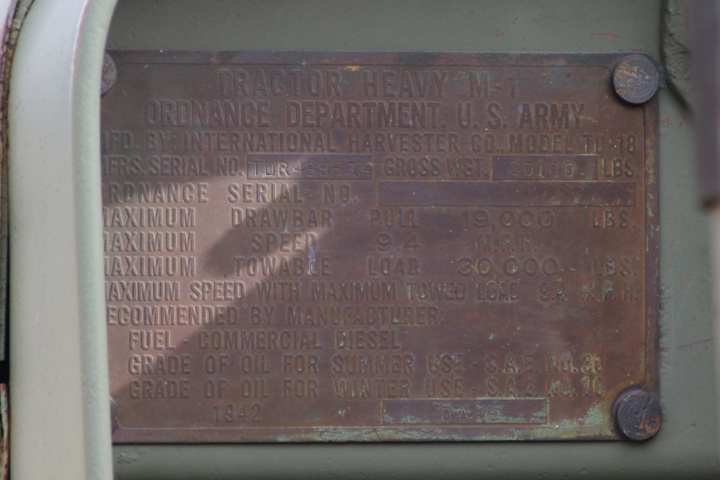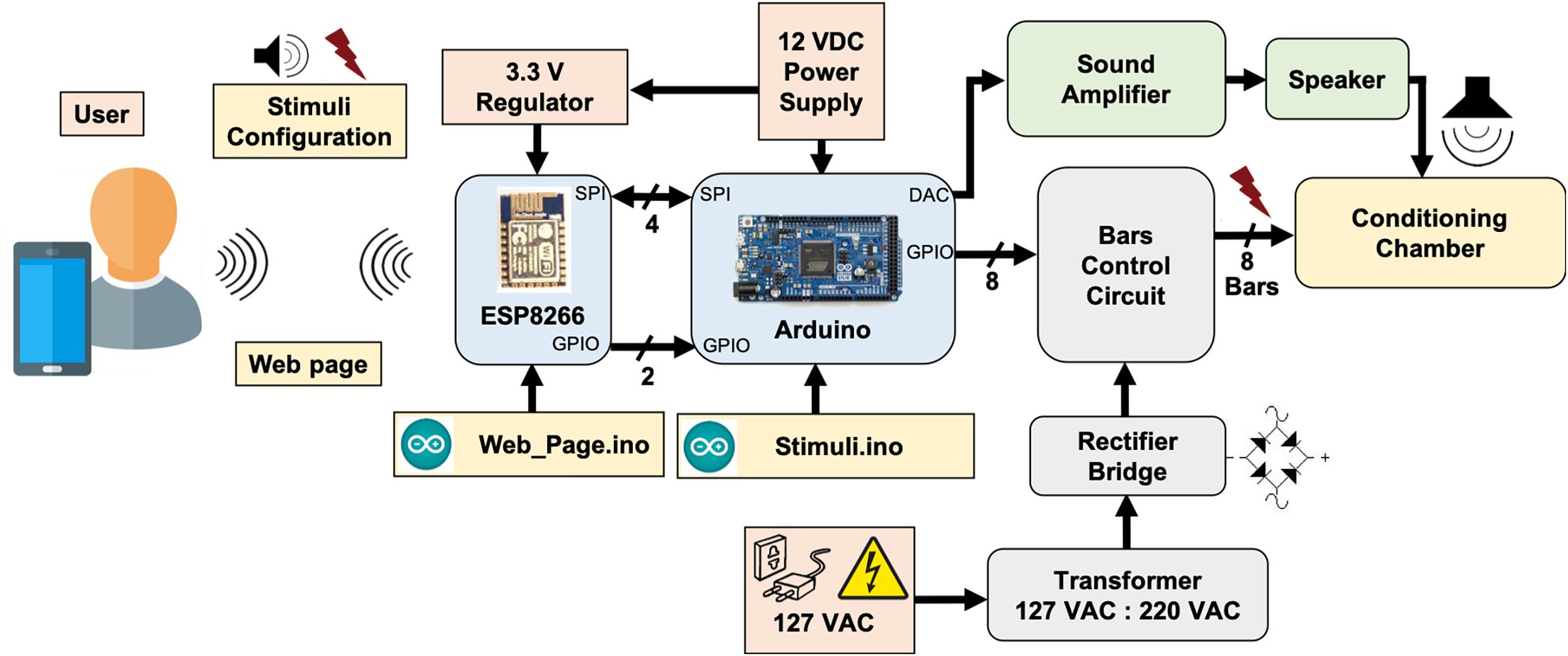
Function of a Regulator/Rectifier
Item up for sale is a used rectifier regulator off of a 1999 Honda BF90 outboard. Serial number: BBBL-3000180. It comes just as pictured sold as is with no refunds and returns accepted. For Questions or Customer Service Contact Stroud’s Marine at (252)751-0415. Buy RECTIFIER & REGULATOR (#32800-90J00) from PerfProTech.com. Suzuki RECTIFIER & REGULATOR. Number of windings and proportionally change the secondary AC voltage. By moving “taps,” the number of windings changes with a corresponding change in voltage. This is the approach taken in most constant voltage rectifiers. Rectifying Circuits Bridge Circuits. Rectifiers are available for either single-phase or three-phase input.
by Dave Aley
This article was written by Dave Aley, posted on the VFR List and he has graciously allowed me to post it here. This post offers some great guidance on the function of a regulator and rectifier, plus a few other points regarding the electrical system of a bike.This article or post was in response to another Listers series of questions. He has said 'After this weekend’s chilling encounter with a failed electrical component, the cause of which has yet to be determined, I thought it might be high time to gain a clearer understanding of my motorcycle’s electrical parts and their various functions. With that in mind, I pose the following questions.

Function of a Regulator/Rectifier
Item up for sale is a used rectifier regulator off of a 1999 Honda BF90 outboard. Serial number: BBBL-3000180. It comes just as pictured sold as is with no refunds and returns accepted. For Questions or Customer Service Contact Stroud’s Marine at (252)751-0415. Buy RECTIFIER & REGULATOR (#32800-90J00) from PerfProTech.com. Suzuki RECTIFIER & REGULATOR. Number of windings and proportionally change the secondary AC voltage. By moving “taps,” the number of windings changes with a corresponding change in voltage. This is the approach taken in most constant voltage rectifiers. Rectifying Circuits Bridge Circuits. Rectifiers are available for either single-phase or three-phase input.
by Dave Aley
This article was written by Dave Aley, posted on the VFR List and he has graciously allowed me to post it here. This post offers some great guidance on the function of a regulator and rectifier, plus a few other points regarding the electrical system of a bike.This article or post was in response to another Listers series of questions. He has said 'After this weekend’s chilling encounter with a failed electrical component, the cause of which has yet to be determined, I thought it might be high time to gain a clearer understanding of my motorcycle’s electrical parts and their various functions. With that in mind, I pose the following questions.1997 Sea Doo 800SPX Regulator Rectifier $49.99 $44.99: 1992 Sea Doo XP MPEM $149.99 $134.99: 2005 Sea Doo GTI RFI Regulator Rectifier $99.99 $89.99: 1994 Sea Doo 650XPI 650 XPI Regulator Rectifier $49.99 $44.99: Sea Doo 580 Stator 290995103 and 420995109 $78.99 $71.09: Voltage Regulator Rectifier for Sea Doo PWC $69.99 $62.99. Electronic Circuits - Regulators - The next and the last stage before load, in a power supply system is the Regulator part. Let us now try to understand what a regulator is and what it does.
What precisely is the function of the regulator/rectifier? Does it perform two separate functions, as the name implies, or just one?
It does indeed perform two separate functions. The power coming from your alternator is 3-phase AC power. Each of the three wires coming from your alternator carries AC power, but in each wire the phase is different. It is the job of the rectifier part of the reg/rect to convert the power from 3-phase AC to single-phase DC.
The DC power will not necessarily be at the correct voltage to charge the battery. The alternator always tries (for a given engine RPM) to put out the same amount of power. Since power is equal to volts times amps, if the bike is not using much current (battery fully charged, no heavy electrical loads), the voltage will rise. It is the job of the regulator to supply the load so that the voltage is kept within specified limits. It does this by consuming the excess electrical power as heat.
What is the purpose of ground wires? What will be the result if some electrical components aren’t properly grounded?
That depends on the component. If your battery is not properly grounded, for example, you will have intermittent periods of time when it is effectively not in the circuit. When this happens the regulator has to bleed off the excess power that would be going into charging the battery, which will make it somewhat hotter.
Other components may work erratically or intermittently if they do not have a good ground. Turn signals, for example, will often behave very strangely if they are not getting a good ground, since the current will flow to ground through other filaments in the bulb rather than through the ground wire as was intended. Many black boxes will simply fail to function if they are not properly grounded.
What causes corrosion of electrical wires?
Copper corrodes relatively easily in the atmosphere. Add in the effects of connecting dissimilar metals in a wet, dirty environment, and you have got an open invitation for corrosion. If you add a bit of battery acid, you will increase the problem significantly since the copper is trying hard to turn to copper sulfate, which is that bluish powder you see on corroded connections.
Does the alternator serve any purpose other than generating electricity? And why, if the motorcycle requires DC current, doesn’t it come equipped with a DC generator instead of an alternator?
Regulator Rectifier Function
Good question. AFAIK, an alternator provides its power in a smoother fashion, and it can begin producing power at a lower RPM. I could be completely off-base on this, though. Besides, a DC generator would require brushes that would have to be changed out regularly.
What duties does the battery perform other than providing the needed current to crank the motor during startup?
It sinks the current from the alternator and provides reserve power for running things when the engine is idling.
Serial Number Perspective Rectifier Regulator Replacement
Dave Aley
1987 VFR700FII
